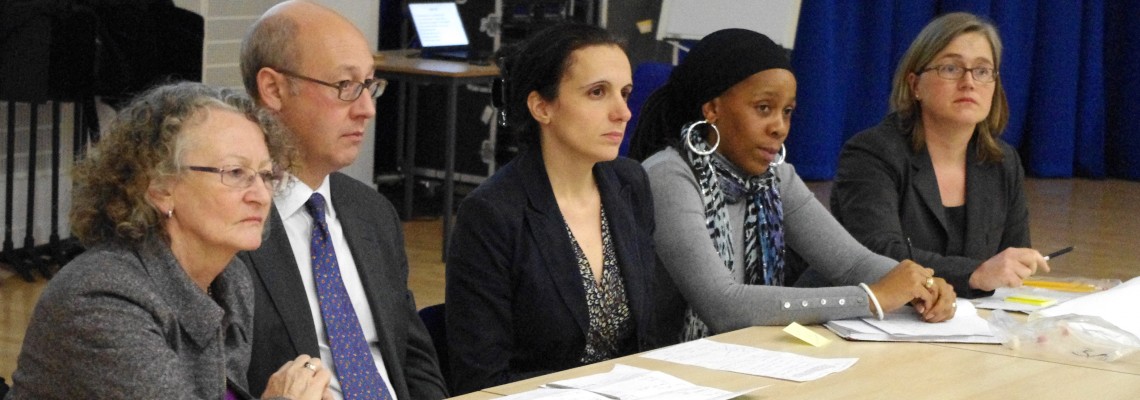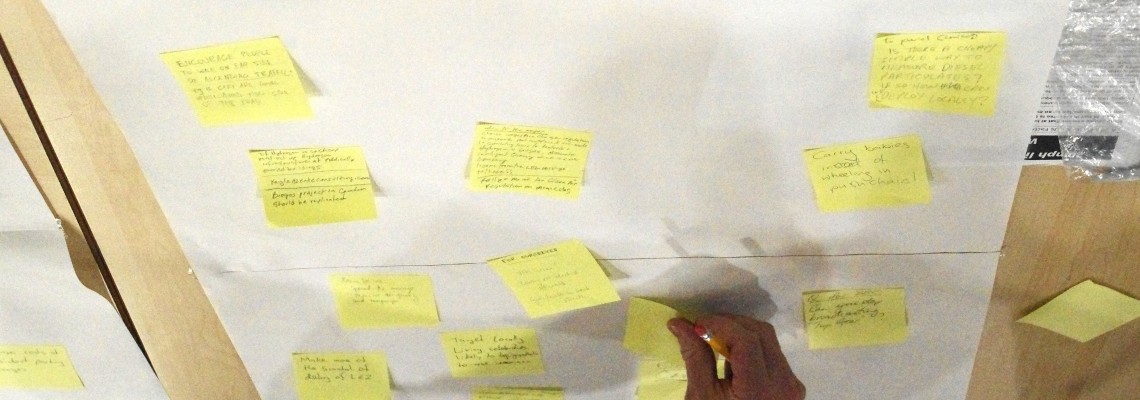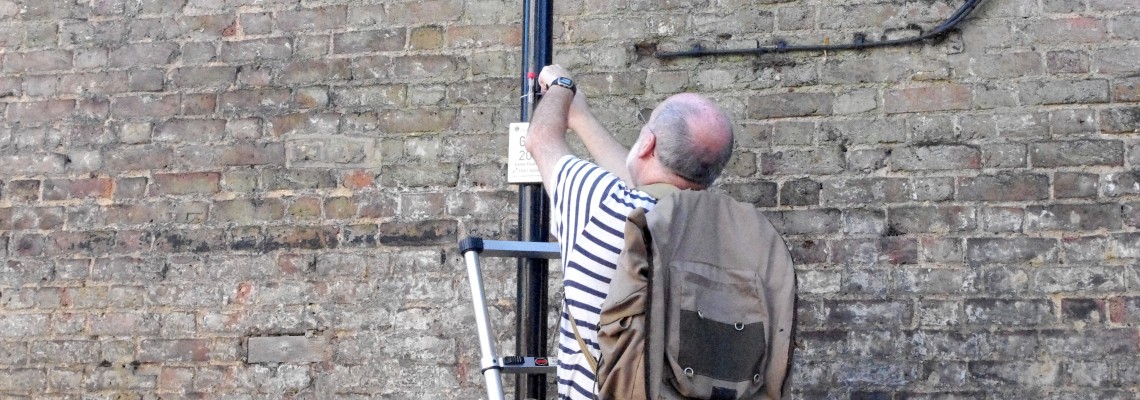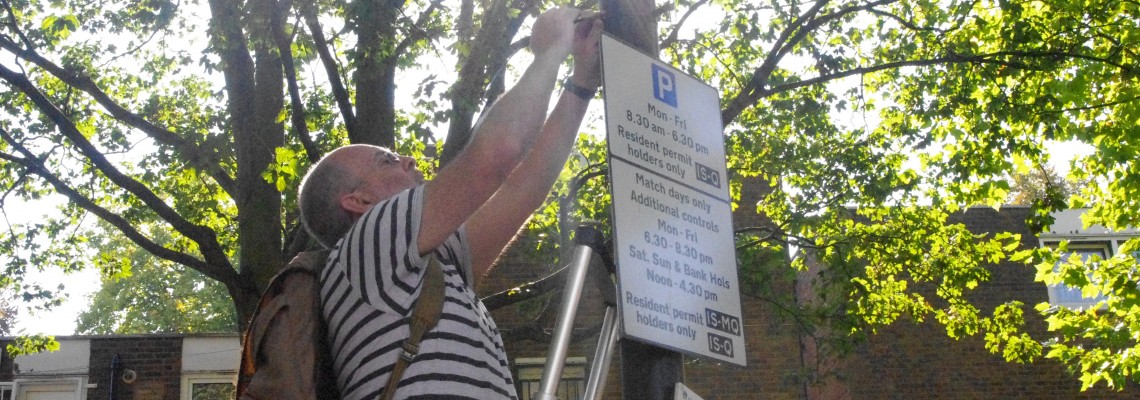Mapping for Change has supported many communities across London to measure and map local air quality. Use of a ‘citizen science’ approach has meant local residents in over 30 locations have been able to collect data, then see the real results of their monitoring activities. Subsequently, a number of communities have embarked on campaigns to see that their serious results are addressed.
Our Role
The citizen science approach offered by Mapping for Change provides communities with a way to measure air quality using low-technical methods, which means all sectors of the community feel able to participate. Nitrogen dioxide (NO2) was selected as the focus primarily because of the affordability of the monitoring equipment. In each location, a series of diffusion tubes are set out across the area to measure NO2 levels. After a period of four weeks the diffusion tubes are collected and analysed, and the results mapped in each location.
Impact
Where this was carried out in Putney and Highbury the data indicated that levels along the main road networks were up to 75% above EU limits for the period. They also highlighted several residential back-roads used as ‘rat runs’. During the same period, another five locations across London were monitored; each comprised one of London’s Greenways (safe, quiet routes through parks, green spaces and lightly trafficked streets) with an adjacent busy road. The results showed significantly higher NO2 levels on the roads compared with the Greenways, despite their close proximity.
Results were fed back to the communities in well-attended meetings. The first was held in Highbury and was attended by over forty local residents, the Green Party London Mayoral candidate, the Local Authority and Clean Air London Director, Simon Birkett. GLA member Jenny Jones described the results as “terrifying”, but claimed the turnout had brought her hope as it demonstrated the issue was important for local people. A Public Protection Officer from the Local Authority who attended the meeting expressed her support for the study and highlighted the difficulties they have had in engaging the public in this discourse. She welcomed any move to raise awareness at the local level.
They came up with a list of measures which they and others in the community could adopt to reduce exposure to, and production of, harmful emissions. They also listed a number of suggestions to be put forward to the Mayor and Local Authority.
In Putney, these results motivated TfL’s decision to use hybrid buses on the high street.
You can view the results of these citizen science activities on our online interactive Community Mapping platform. We have also developed a toolkit that will enable communities across the UK to engage in air quality monitoring activities.
Related Projects
How to Spend a Million? Northfleet Big Local Trust
In 2012, the Big Lottery Fund in England invested £1 million in 150 neighbourhoods for its Big Local initiative. Northfleet, Kent, was one of the first 50 to be selected. The grant aimed to equip local communities with skills and tools to identify key areas and issues where action was reqiored in their area.
Urbex - Engaging Young People Through Urban Exploration
This is a project which used urban exploration as an innovative way to engage young people at risk of social exclusion and encourage their participation in civic issues. Each partner organisation worked in a specific pilot neighbourhood to test and deliver different approaches and applications of urban exploration.



